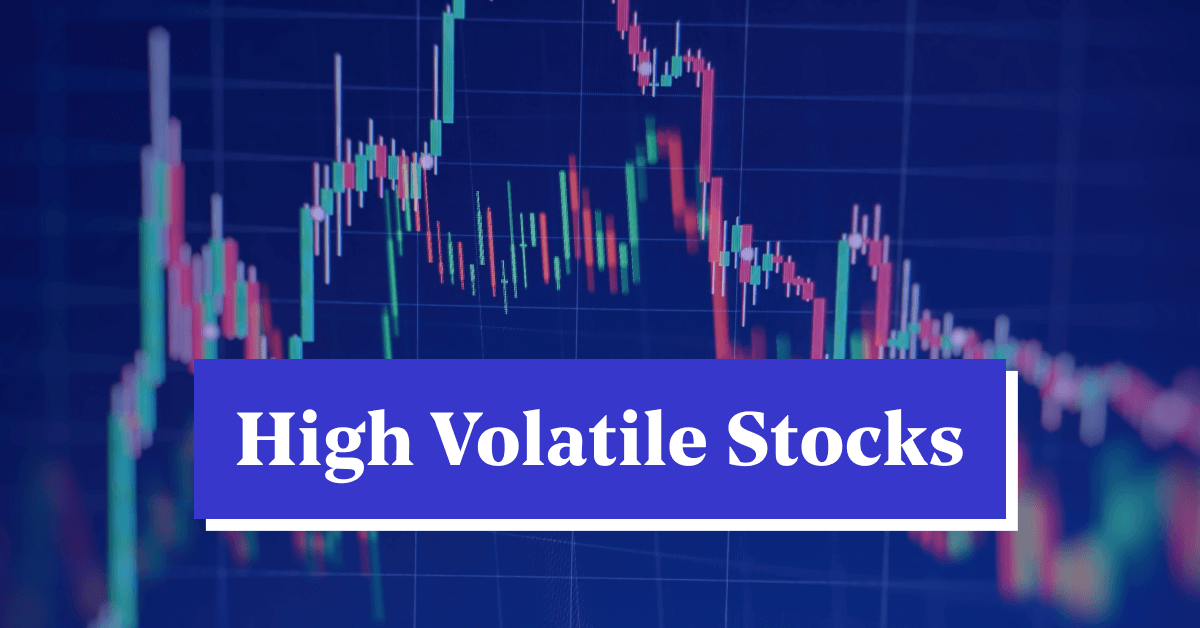On Volatility and Risk
Introduction
Volatility is considered the most accurate measure of risk and, by extension, of return, its flip side. The higher the volatility, the higher the risk - and the reward. That volatility increases in the transition from bull to bear markets seems to support this pet theory. But how to account for surging volatility in plummeting bourses? At the depths of the bear phase, volatility and risk increase while returns evaporate - even taking short-selling into account.
Understanding Volatility
The Economist has recently proposed yet another dimension of risk:
"The Chicago Board Options Exchange's VIX index, a measure of traders' expectations of share price gyrations, in July reached levels not seen since the 1987 crash, and shot up again (two weeks ago)... Over the past five years, volatility spikes have become ever more frequent, from the Asian crisis in 1997 right up to the World Trade Centre attacks. Moreover, it is not just price gyrations that have increased, but the volatility of volatility itself. The markets, it seems, now have an added dimension of risk."

Trading Volatility
Call-writing has soared as punters, fund managers, and institutional investors try to eke an extra return out of the wild ride and to protect their dwindling equity portfolios. Naked strategies - selling options contracts or buying them in the absence of an investment portfolio of underlying assets - translate into the trading of volatility itself and, hence, of risk. Short-selling and spread-betting funds join single stock futures in profiting from the downside.
Market Risk and Volatility
Market - also known as beta or systematic - risk and volatility reflect underlying problems with the economy as a whole and with corporate governance: lack of transparency, bad loans, default rates, uncertainty, illiquidity, external shocks, and other negative externalities. The behavior of a specific security reveals additional, idiosyncratic, risks, known as alpha.
Quantifying Volatility
Quantifying volatility has yielded an equal number of Nobel prizes and controversies. The vacillation of security prices is often measured by a coefficient of variation within the Black-Scholes formula published in 1973. Volatility is implicitly defined as the standard deviation of the yield of an asset. The value of an option increases with volatility. The higher the volatility the greater the option's chance during its life to be "in the money" - convertible to the underlying asset at a handsome profit.

Challenges with Black-Scholes
Without delving too deeply into the model, this mathematical expression works well during trends and fails miserably when the markets change sign. There is disagreement among scholars and traders whether one should better use historical data or current market prices - which include expectations - to estimate volatility and to price options correctly.
"Consider the argument that implied volatilities are better forecasts of future volatility because changing market conditions cause volatilities (to) vary through time stochastically, and historical volatilities cannot adjust to changing market conditions as rapidly. The folly of this argument lies in the fact that stochastic volatility contradicts the assumption required by the B-S model - if volatilities do change stochastically through time, the Black-Scholes formula is no longer the correct pricing formula and an implied volatility derived from the Black-Scholes formula provides no new information."
Conclusion
Volatility is a form of market inefficiency. It is a reaction to incomplete information (i.e., uncertainty). Excessive volatility is irrational. The confluence of mass greed, mass fears, and mass disagreement as to the preferred mode of reaction to public and private information - yields price fluctuations.
Changes in volatility - as manifested in options and futures premiums - are good predictors of shifts in sentiment and the inception of new trends. For more insights, visit Investopedia and The Balance.


0 Comments